Namtso Lake is at an altitude of 4,718 meters, making it the world's highest saltwater lake. It's more than 1,000 meters higher than Lhasa (3,650 meters). For tourists visiting high-altitude areas for the first time, altitude sickness, especially for those unaccustomed to such environments, is possible.
However, there's no need to worry. Our 5-day itinerary to Lhasa and Namtso Lake is scientifically designed. The initial 3 days of the trip are spent exploring Lhasa at a relatively lower altitude (3650 meters) to acclimatize to the plateau environment. It's on the 4th day that we ascend to the higher-altitude Namtso Lake. This arrangement, to a certain extent, helps alleviate or prevent altitude sickness.
Certainly, you can take some measures to prevent altitude sickness. For instance, in the initial days after arriving in Lhasa, try to avoid bathing, especially washing your hair, to prevent catching a cold, and ensure adequate rest while avoiding vigorous exercise. Also, stay hydrated, consume fresh vegetables and fruits, and refrain from alcohol intake.
If severe symptoms of altitude sickness occur, such as shortness of breath, chest tightness, or severe headaches, inform the guide immediately and seek medical attention with the guide's assistance.

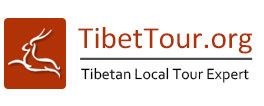















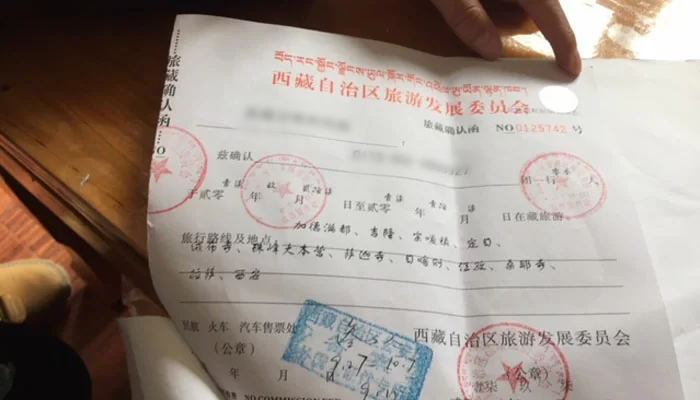











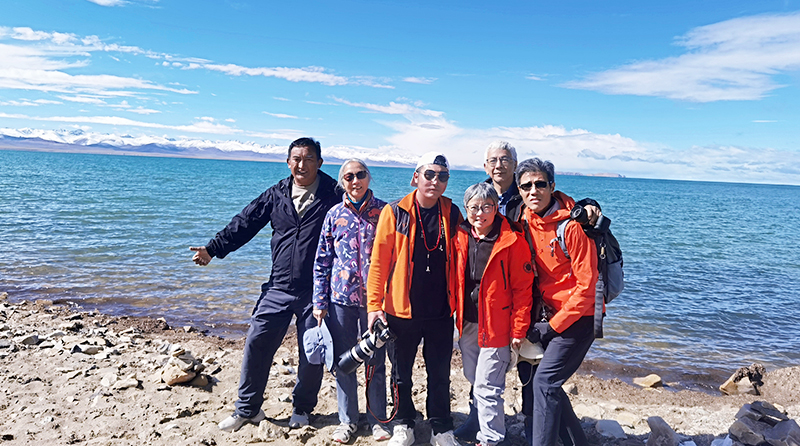
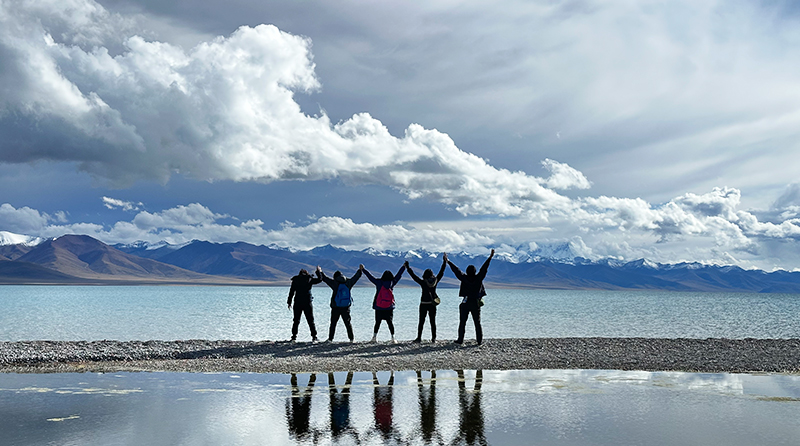
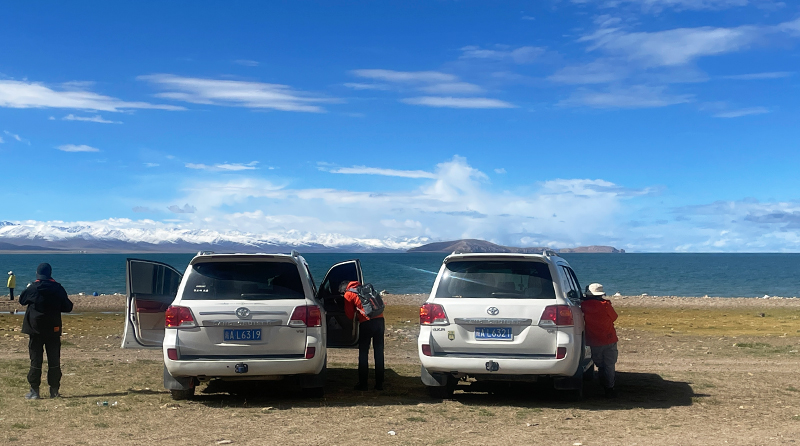
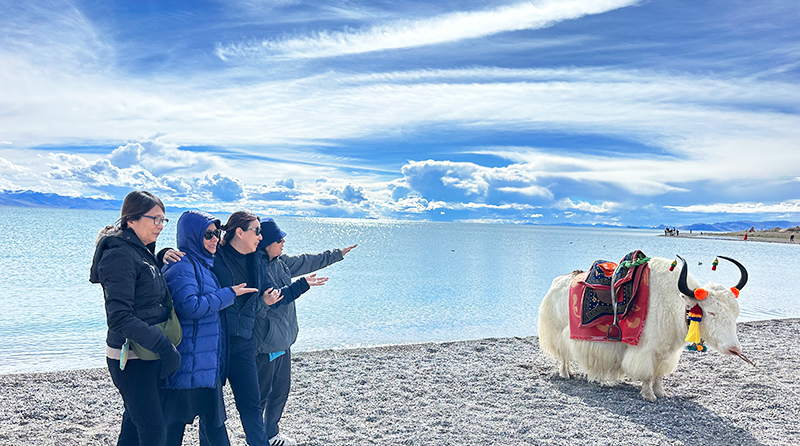
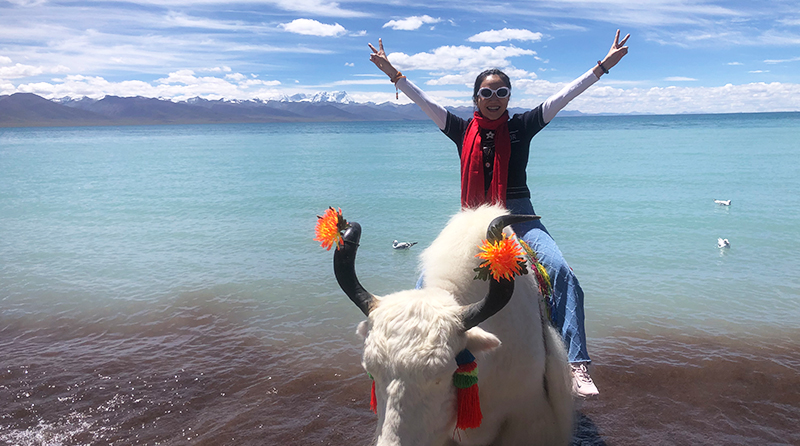
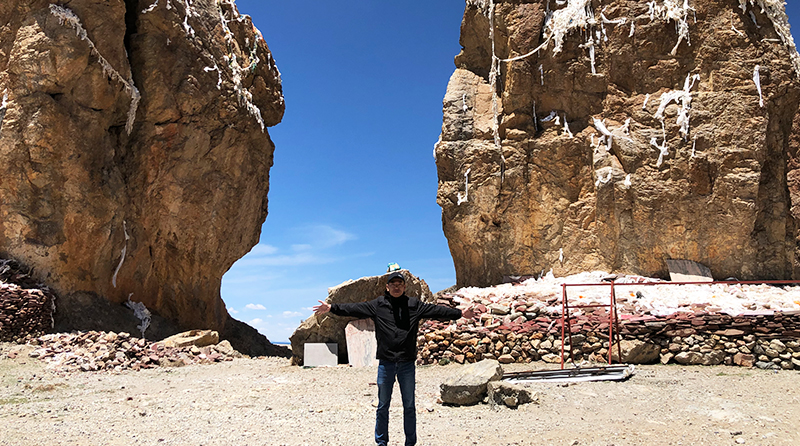
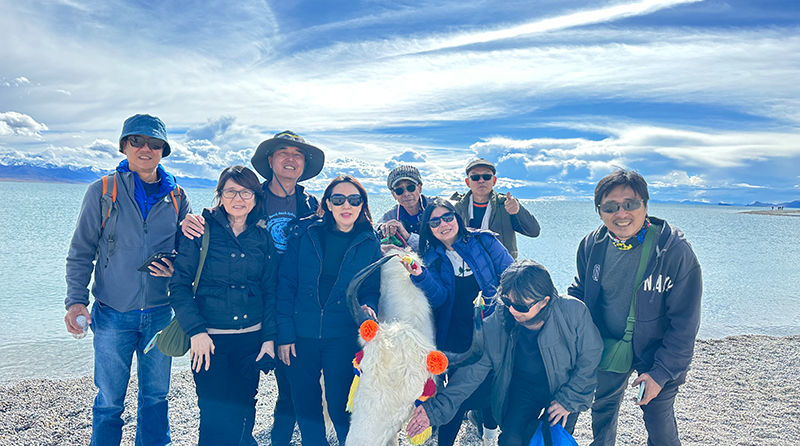
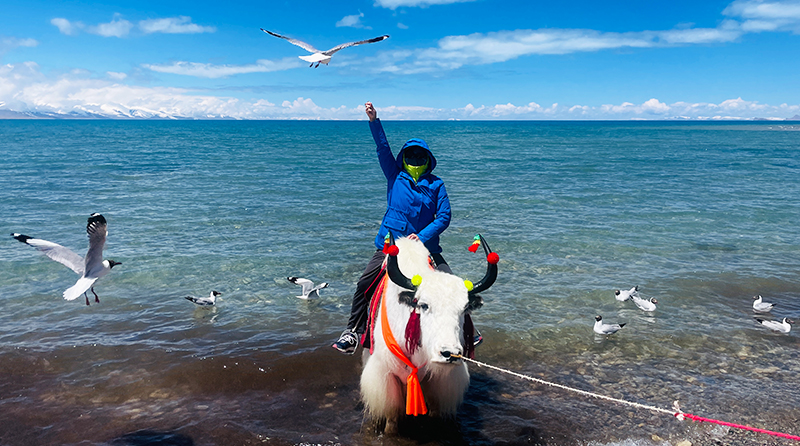
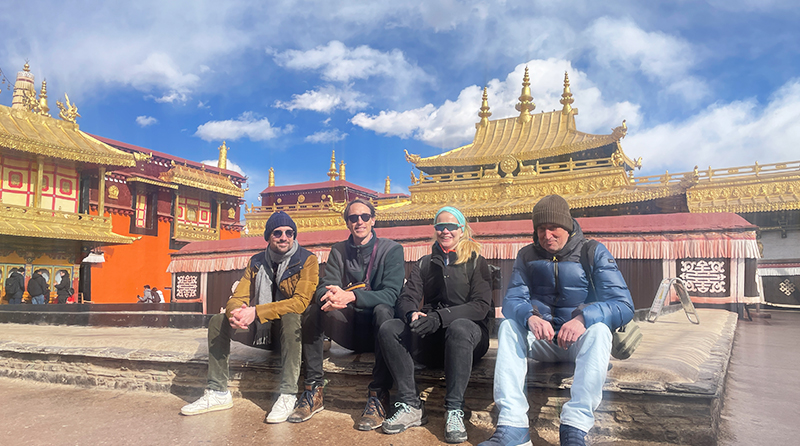
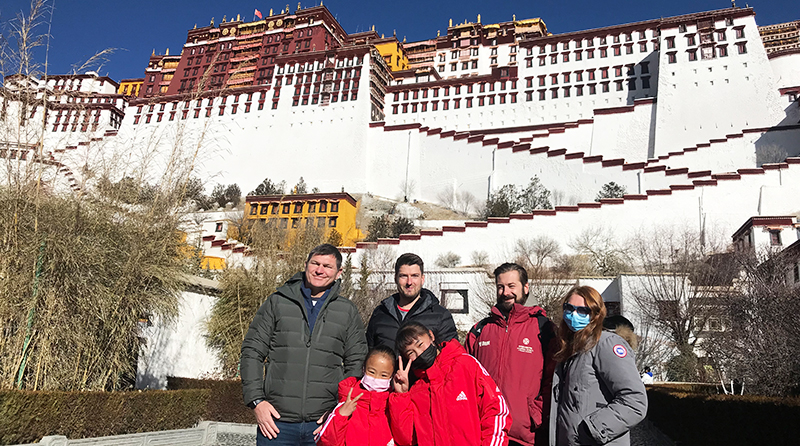




.jpg)




















.jpg)
